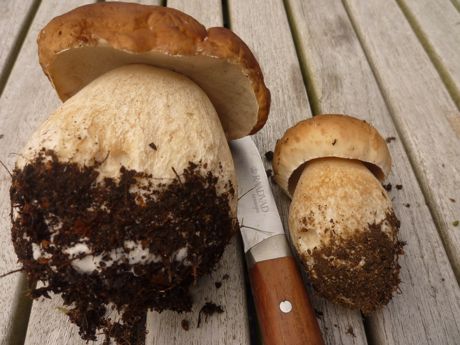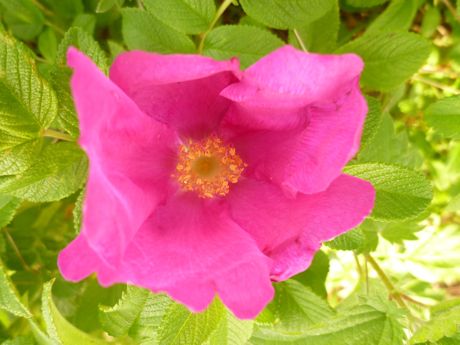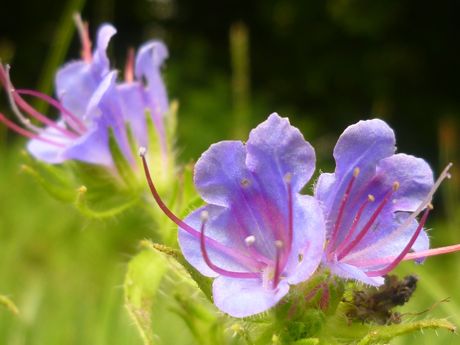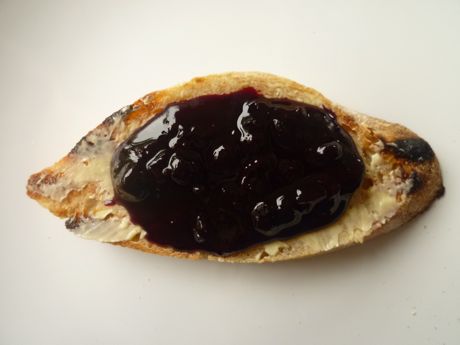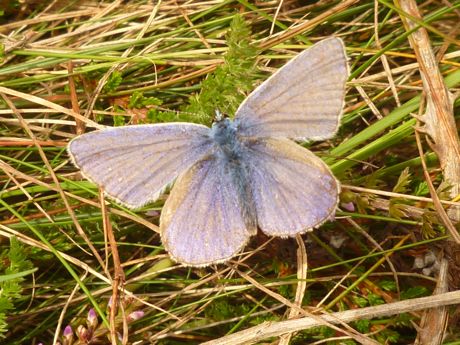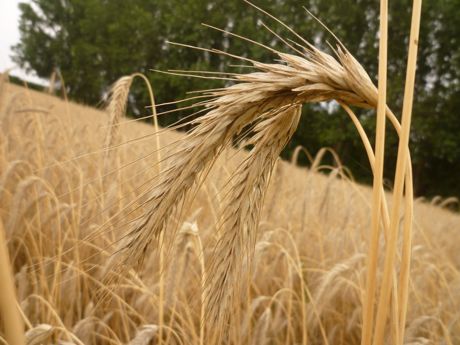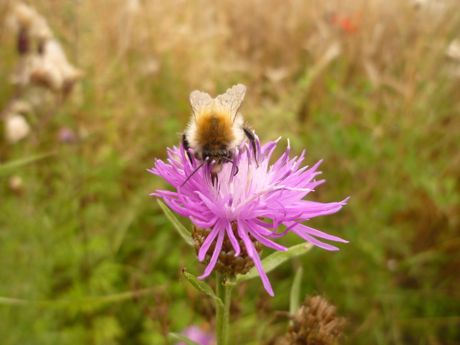
BY DR. LESLIE BAUMANN
DRB@DRBAUMANN.COM
Every other week I hear something new and amazing about the medicinal and cosmetic benefits of mushrooms. The latest is a study out of Tufts University in Massachusetts, where researchers found that eating white button mushrooms can boost the body's immune system and protect against viruses and tumors. Mushrooms are so powerful that scientists are now looking to see if they can be used to fight influenza -- good news, with the fear of a flu pandemic looming on the horizon.
Extracts of medicinal mushrooms long have been used in China, Japan and Korea to treat disorders ranging from allergies, arthritis and bronchitis to cancer, especially of the stomach, esophagus and lungs. Today, scientists are finding that those ancient healers might have been on to something.
More research is needed to discover the potential cosmetic benefits of mushrooms, as well. And not just button mushrooms -- there are literally thousands of species, many of which could have their own unique healing properties. We already know that mushrooms are anti-inflammatory, making them a great weapon against inflammatory skin conditions like acne, rosacea and eczema.
As well as being high in vitamin D and selenium, mushrooms are loaded with antioxidants, which are proven to help protect your skin against wrinkles caused by sun exposure. But if you're not crazy about mushrooms -- or you just don't eat enough of them -- there are still plenty of ways to take advantage of their benefits. I love Dr. Andrew Weil for Origins Plantidote Mega-Mushroom Supplement, which comes in a little medicine dropper bottle you can toss in your purse so the immune system booster is handy when you need it.
There are some great mushroom topical products on the market, as well. In addition to its Mega-Mushroom drops, Origins also makes an eye serum that combines mushrooms with fellow antioxidants ginger, turmeric and resveratrol, and Aveeno's Active Naturals Positively Ageless Rejuvenating Serum is designed to promote cell renewal and improve signs of photoaging.
